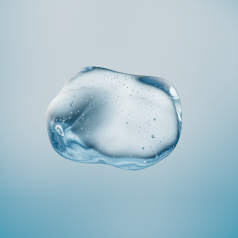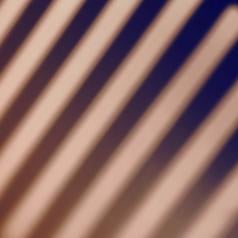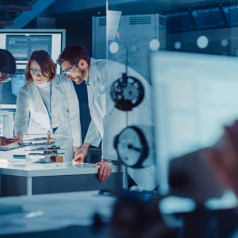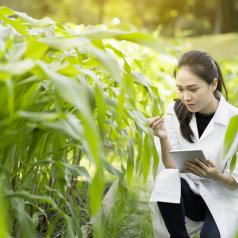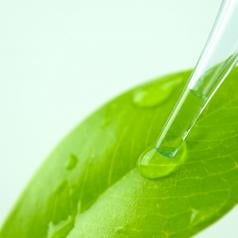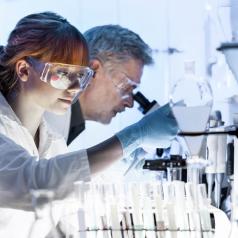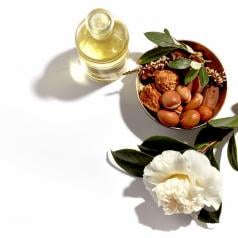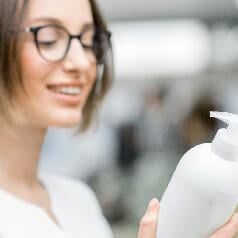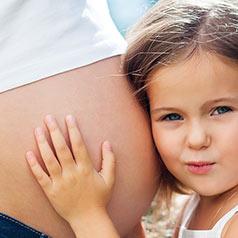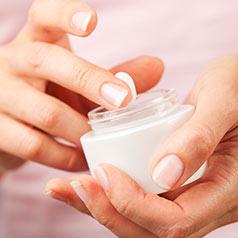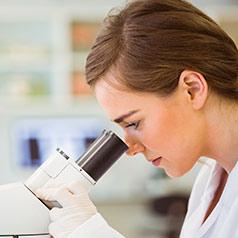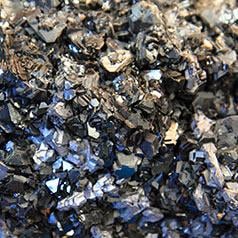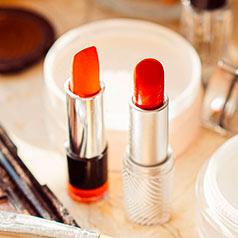Consumers today use apps on a daily basis, with many that can help them make more informed consumption choices. In recent years, consumers have access to apps to scan beauty products to obtain information, so they can make choices that are best for them when it comes to beauty and hygiene.
How do these apps work?
A scanner in the app enables to recognize and analyze a given product or ingredient and relies on a database to provide advice. Some apps rely on shared and participatory databases (such as Open Beauty Facts), while others have their own database. Each app provides an algorithmic evaluation on a given product or its ingredients that can take the form of a grade or a color code (red being a poor grade and green being satisfactory, for example).
How do these apps recognize a cosmetic product?
Several components are used such as:
-
The barcode
The barcode of the product (also called EAN13 code) is not primarily intended to identify cosmetic products. In fact it aims at providing logistical information to the retailer such as the size and weight of a product or specific conditions for preservation.
It should be noted that the composition of cosmetic products can change regularly, for example to take into account regulatory changes and evolutions. However, the barcode of a product does not necessarily change. Different formulas of the same cosmetic product with an identical barcode can therefore be on the market at the same time. Thus, the scan of a product via the barcode can lead to the analysis of a product different from the one the consumer has in hand, attributing ingredients that could potentially not even be present in the formula. -
The ingredients
It is sometimes possible to scan the list of ingredients using a graphic recognition system that allows to identify them. An ingredient can also be typed in the search engine of some apps.
-
The name of product, range or brand
In certain apps, the user can carry out a search by product name, product range name or brand. It’s worth noting that the names can differ depending on the countries where the products are available/sold.
What if the app does not recognize the scanned product?
When the app does not "recognize" the product, it means that the information is not accessible in the database used.
The consumer can in this case enter the information (photograph, list of ingredients) manually. It is then up to the app editor to take into account or not this information.
Databases are the support of apps
In order to work, apps use data coming from either participatory databases or proprietary databases.
Open Beauty Facts is the most used participatory database for beauty. It allows any user to contribute by adding or modifying data in different ways: photograph of the list of ingredients, manual entry of ingredients and product characteristics, etc.
L’Oréal’s position on beauty apps
We carefully studied the various beauty apps to understand their methodologies and the sources used.
Currently, the product ratings from these apps are essentially based on the presence or absence of ingredients deemed "undesirable" and do not take into account the concentration level of the various ingredients used. The safety assessment of a cosmetic product cannot be solely based on the presence or absence of certain ingredients. It is crucial that the information used to develop these apps is scientifically robust. Moreover, the ratings can differ from one app to another for a same product, and are thus contradictory.
L'Oréal is committed to ensure its consumers receive information that is reliable from a scientific and health perspective. This is why we intend to continue providing our consumers with qualitative and complete information on our products and their ingredients. L'Oréal remains committed to providing products that are absolutely safe to our consumers. We will never compromise on the quality and efficiency of our products, and the sincerity of our communications.



